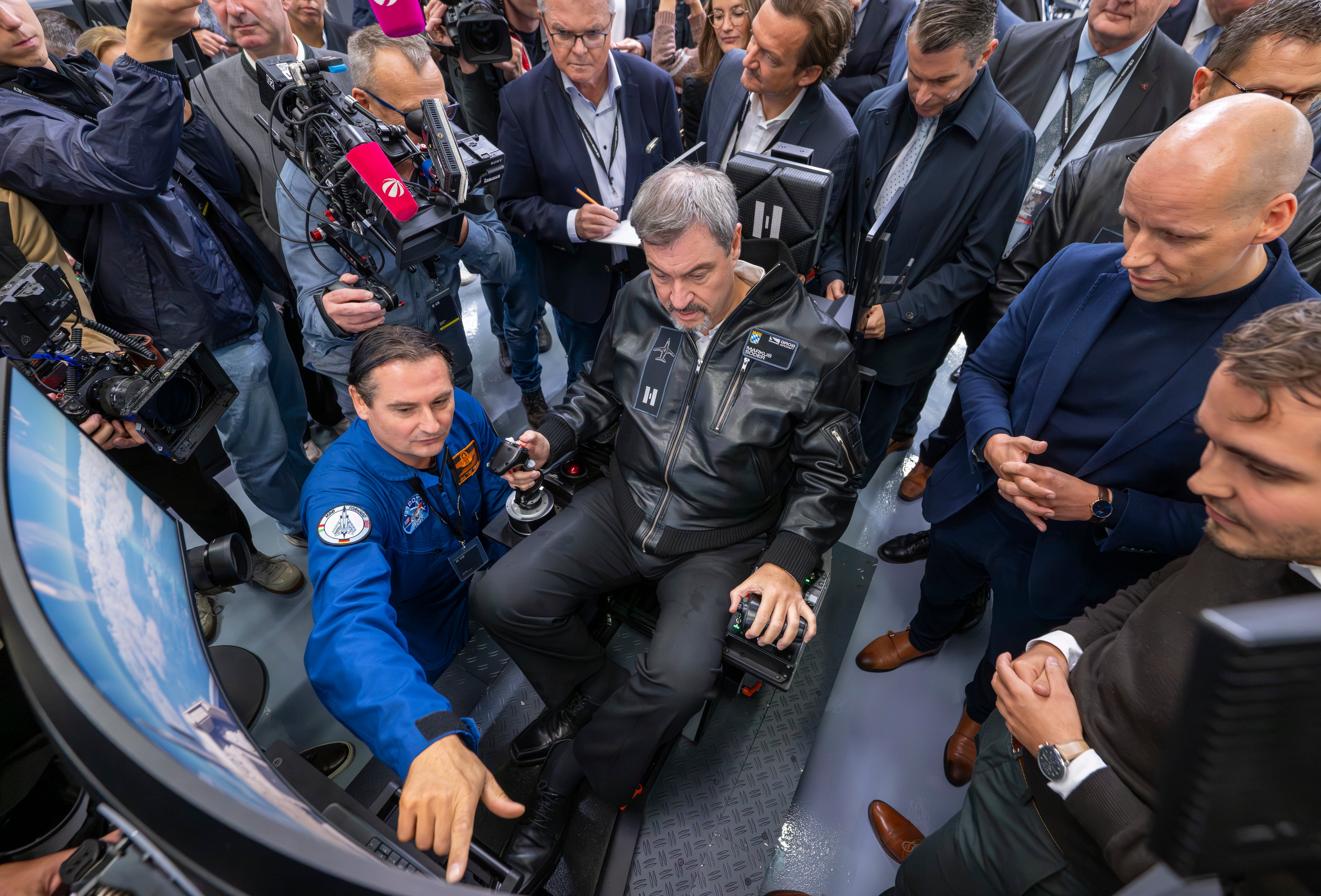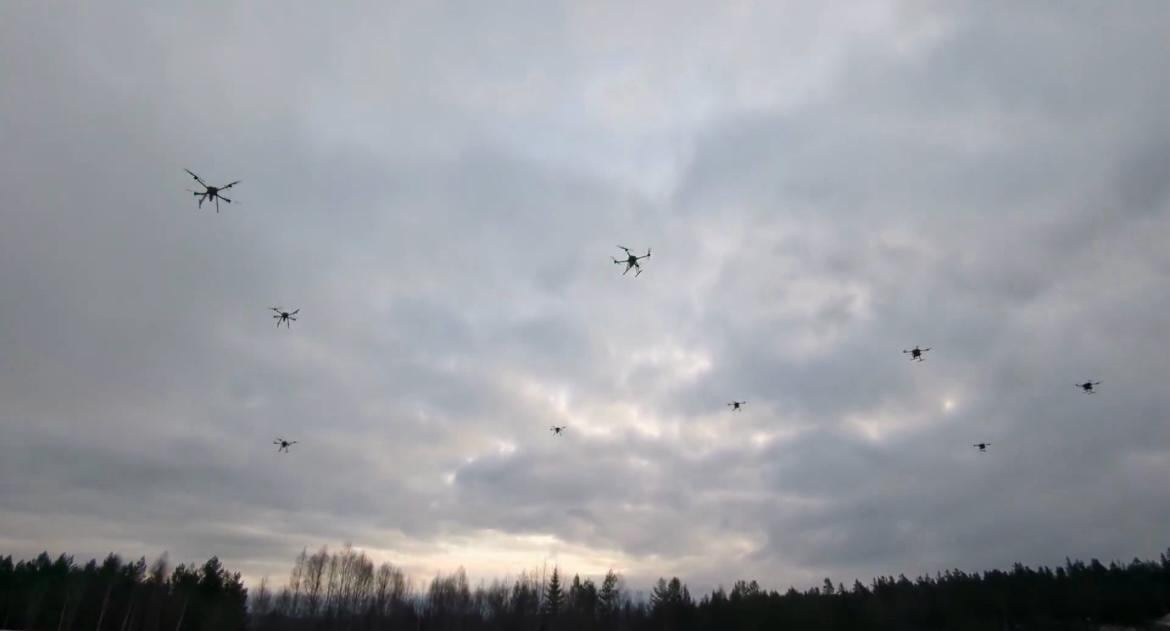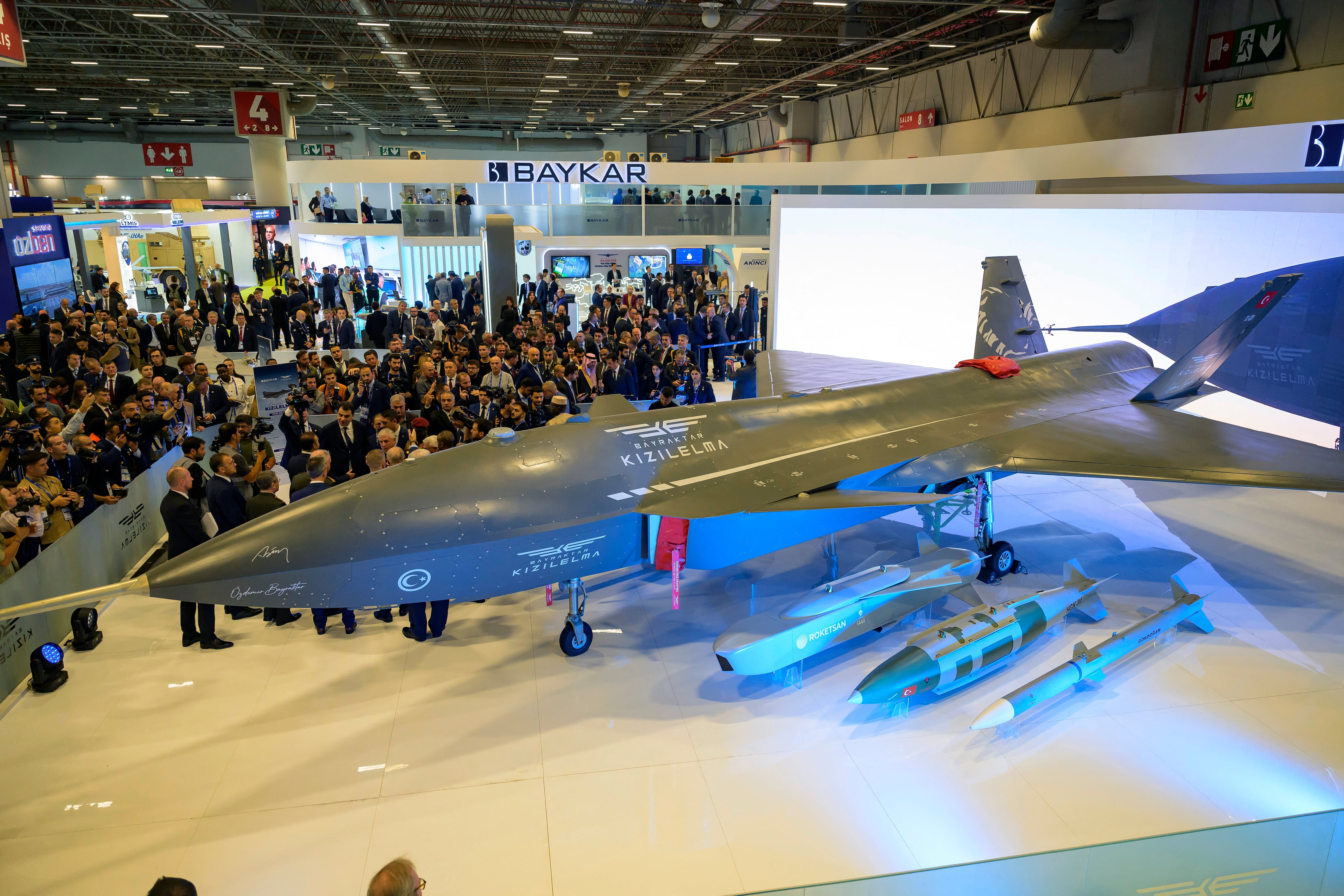Navy systems planners say they have taken another step forward in efforts to develop a common control system (CCS) for unmanned vehicles.
Investigators from U.S. Navy Naval Air Systems Command (NAVAIR) Unmanned Aviation & Strike Weapons successfully flew six missions with a Bell 206 variant in November, marking the first demonstration in which an aircraft was piloted entirely by CCS.
The goal of the CCS program is to develop a universally applicable control system to replace a growing assortment of controllers that have proliferated as unmanned vehicles have come to the fore.
"Currently every vehicle has its own ground controls system. Some are proprietary and with a lot of them the architecture is different from one to the other, so you can't do a lot of reuse," said Capt. Ralph Lee, CCS program manager.
The present situation is problematic on a number of fronts. Control systems are bulky, taking up precious space afloat, and it can be challenging for operators to master the operations of multiple systems. The inability to reuse controllers or components also can drive up the cost of unmanned operations.
In working toward development of a common controller, NAVAIR researchers have a couple of high-profile targets in mind.
The team wants to incorporate standards into the specs for the MQ-25 Stingray, a planned unmanned combat aerial system. While they are eager to draw in legacy systems under the CCS umbrella over time, planner say the Stingray offers a unique opportunity to get the standards into early use, a critical first step toward wider adoption.
"It is easiest to take something that hasn’t been developed yet, and to get it working there," Lee said.
In addition to the Stingray, the CCS effort also is putting efforts toward implementing a common control system for the MQ-8 Fire Scout, with at least some systems on the Fire Scout falling to CCS management as early as fiscal year 2019.
"That will start making our software common, it will get CCS software out in the fleet flying and being maintained," Lee said.
From there it should be possible to expand the use of common controls across an increasing number of legacy systems.
"Once you have common control software flying actual aircraft, it shows this is ready for prime time, and now we can get positioned as other aircraft come up for their refresh cycles," he said. "You have to start somewhere and Fire Scout is where we are starting."
Specifically, they’ll be starting with vehicle management controls, but that is just one part of the larger CCS vision. Eventually planners intend for there to be universally applicable software that will not only fly the vehicle, but will also direct mission management and mission planning.
Mission management involves the C4ISR core of unmanned activities.
"These are all the functions that need to physically move data around, telling it what to collect and when to collect," Lee said. Mission planning aids operators in deploying assets as well as in adjusting operations in real time as circumstances change.
In addition to offering the ability to operate across multiple platforms, CCS also is designed with a degree of internal flexibility. Its open architecture and service-oriented design mean that various elements within the system should be readily interchangeable.
"Today if you change something out you potentially introduce bugs," Lee said. "With this, if the platform changes, you can pull things in and out without affecting the rest of the software."
The system has had a number of successful trial runs. Last December operators used CCS to control a Large Displacement Unmanned Undersea Vehicle (LDUUV) at the Naval Undersea Warfare Center Keyport in Puget Sound. In October of this year, Navy, Army and Air Force worked with multiple industry partners to use CCS in an unmanned helicopter and ground vehicle casualty evacuation (CASEVAC) response event at Fort Dix, New Jersey.
That demonstration offered strong validation for the CCS concept, according to program leaders. "CCS will enable rapid integration of unmanned systems capabilities, eliminate redundant software development efforts and improve cost control," Cmdr. Greg Sutton, CCS deputy program manager, said in announcing the outcome of that event.
In the Nov. 10 trials at the Flying Circus Aerodrome in Bealeton, Virginia, conducted in cooperation with the Office of Naval Research, operators for the first time ran CCS on a laptop as the primary ground station for vehicle management. CCS provided direct control command signals via radio link to the Aurora Flight Sciences Tactical Aerial Logistics System (TALOS) autopilot.
As the major technical issues around CCS get resolved, deployment to the fleet now becomes largely a matter of managing the acquisitions life cycle.
"You have a lot of legacy systems out there. You have various programs of record that are all highly charged in terms of maintain schedules and costs," Lee said. "So you have to decide when and how to switch each of these platforms or programs over without fundamentally alternating their current effort. We have to figure out when the best time is for them to grow into this."








